|
|
The current range of books. Click the image above to see them on Amazon (printed and Kindle format). More info on coinpublications.com |
|
|


AardHawk
-
Content Count
255 -
Joined
-
Last visited
-
Days Won
3
Posts posted by AardHawk
-
-
I did find this https://scholarslab.lib.virginia.edu/blog/automate-downloading-pdf-files/ and after a lot of messing about created something that would bring up the site and page thru the pdf. This whole process is a dogs dinner. The Ui.vision documentation is laughable.
-
 1
1
-
-
Volumes 1-12 are available via google books for download. You find them by luck when doing a general internet search.
Volumes 13-26 are available via https://catalog.hathitrust.org/Record/008420717 Some for full down load others page by page. You can download in jpeg, txt or pdf format.
The next question is, "how do you download royalmintmuseum volumes?". I can print screen captures using ImagePrinterPro at 800dpi which gives very good results, but is very longwinded. Anyone know how to grab the whole volume using some PC trickery via run on the windows tab.
PS. The National Archives volumes are not digitised so personal visit only. Take your phone or camera and photograph each page. I did that in Dec 2019, but covid got in the way for a return visit.
-
 1
1
-
-
Excellent. Thanks so much for finding those.
I've been doing online searches for the reports for months and not come across these. Google and Edge just dont find them.
-
 1
1
-
-
-
5p Varieties 1969 – 1990
At first glance there does not appear to be much of interest, just a coin with what appear to be identical obverses and reverses.
As with all coins that have boarder teeth (bt) or in this case boarder beads (bb), its all about the “pointings”.
There are however some interesting obverse varieties concerning the shape of the truncation, which follows similar changes on all the other decimal coins, especially during the period 1985 through 1990.
It is also worth noting that the early coins were released before decimalization on 15th Feb 1971, so in both size and style at least, they truly belong to the LSD era.
See the Summary and Details section following the pictures for precise descriptions.
Obverse 1 1968 – 1977
2nd portrait.
Obverse 2 1977 – 1983
Obverse 3 1984
Obverse 4 1985
3rd portrait with a long pointed tip to truncation.
Obverse 5 1986 – 1987
Obverse 6 1988
Obverse 7 1989
Obverse 8 1990
Reverse A 1968 – 1980
Reverse B 1972 – 1983
Reverse C 1982 – 1989
Reverse D 1990
Summary and details.
-
 8
8
-
-
Dave,
Not sure that I am the right person to write an article. I have seen your excellent Coin News contributions, so would be very happy to pass all the data over to you, if you want to do it.
John.
-
7 hours ago, Mr T said:Nice work.
Poor old decimals never seem to enjoy the same love as predecimal.
For me at least, its all about finding them in your change. The excitement to me as kid, in NZ, was finding pennies from New Zealand, Australia, Great Britain and occasionally South Africa in my change and I would always spend my pocket money in such a way, as to get as many coins in change as possible , in order to fill any gaps. Until a few years ago I used to to do the same here (in the UK).
-
 1
1
-
-
20 hours ago, secret santa said:Great work !
Thank you.
16 hours ago, Iannich48 said:That is a commendable study of 20 pence pieces.
Thank you.
Just got to put up the latest discoveries for the 2p, Large 5p, Large10p and Large 50p.
-
At first glance there does not appear to be much of interest, just a small heptagonal coin with what appear to be identical obverses and reverses.
There are however some interesting obverse varieties concerning the shape of the truncation, which follows similar changes on all the other decimal coins, especially during the period 1985 through 1992. There are also some very strange variations to William Gardner’s initials on the reverse.
Obverse 1 1982 – 1984
Obverse 2 1985 – 1992
3rd portrait with a long pointed tip to truncation. When discussing 1992 varieties, this is known as the Small Head.
Obverse 3 1986 – 1993
3rd portrait with a slightly rounded tip to the truncation and reshaped and slightly more curved lower edge. When discussing 1992 varieties, this is known as the Small Head.
Obverse 4 1992- 1997
3rd portrait with a more pronounced rounded end to the truncation and an even more curved lower edge. The whole head has been recut and the hair particularly so. When discussing 1992 varieties, this is known as the Large Head.
Obverse 5 1998 – 2008
4th portrait. I haven’t really looked at these obverses in any detail, so there may be varieties waiting to be found.
Reverse A 1982 – 2008
The only variation to the reverse is the designer’s initials, which change in size and position. They are always the same for each year. Circulation, Brilliant Uncirculated Set and Proof Set are all the same. I keep expecting to find a hidden message similar to the Egyptian, British Protectorate coins. Time will tell! Keep thinking it may be semaphore! Anyway see W.G. Initials below.
Summary and details.
W.G. Initials.
Each pic has my personal unique reference number. i.e. P1991-1, so Proof, year and coin #, or C1992-2, Circulation, 1992 coin #2. B stands for Brilliant Uncirculated.
1982-1987
1988-1989
1990-1992
1993-1997
1998-2001
2001-2008
Other notes
Sometimes when studying Obverses, I’m certain that the B of ELIZABETH is vertical, or the base is to the left of centre, or it leans right etc. I really don’t know. I think I’m expecting to find something like the P of PENCE on the 50p reverse B. On some Reverses the leaves seem to be better cut and have corrugated edges, when on others they seem to have smooth edges.
-
 4
4
-
-
-
On 1/31/2021 at 11:23 AM, Mr T said:So the Australian Coin Reviews I dug up say a few bits and pieces were struck in London in 1973-1975 but by then, 1970 proof set production was happening at Llantrisant.
Exactly what information are you after? Is it annual production numbers for 1970 Lsd proof sets?
-
-
-
Coin production didnt start in south Wales (Bridegend & Llantrisant) until 1968.
The best place to see the production details is Royal Mint Report of the Deputy Master and Comptroller. Idont have a copy of the 99th report for 1968 but the details were given the Coins and Medals Nov 1969 editorial;
The 1969 royal report;
-
 1
1
-
-
17 hours ago, Martinminerva said:Must have taken many hours to produce, so a good deal below the minimum wage! Anyway, a nice curio...
Any skilled metal worker could have done that. A watch repairer or a plumber. A little flux and a bit of solder. Get two '59s and on the first one carefully file off the parts you dont wont. Five minutes. Take the second 59 and carefully cut off a "repair" section using a chisel. Five minutes. Flatten the underside using 1000 grit wet and dry. A touch of flux and a bit of solder on the underside. Heat till the solder melts. Five minutes. A touch of flux on the first penny, place the repair section on and heat using a flame. Tidy any excess solder with a pick . Five minutes. Job done. Twenty minutes total. So that was the first one, now that I know what I'm doing and I've assembled all the tools I need and got the workspace sorted, rattle off the other eleven. Forty minutes. Skilled mans wage, 1/- an hour. Flog 'em for 2/- each. Quids in. Lubbly Jubbly.
-
On 8/1/2020 at 11:40 PM, Mr T said:I vaguely recall reading a similar theory before so you may be onto something - might have been in one of Michael Gouby's books? I really can't remember now.
Its not a theory its standard engineering practice,
Whats really interesting is my computer says its 17:08 on Friday, but the forum software thinks it is some time on Saturday, 11:40pm. How does that work?
-
17 hours ago, Peckris 2 said:Though it has to be said that the absence of those micro-varieties in all price guides does rather indicate the level of interest in them.
Just out of interest Father Andrew had already addressed this issue, and he of course used the correct terminology, minor varieties.
-
 1
1
-
-
-
My copy arrived yesterday and its a jolly nice booklet Frank.
All the detail, concise and with coloured pictures. Only missing the portcullis rivet position varieties.
-
Ditto
Looking forward to seeing if Franks found any more varieties, that bhx7 and myself haven't already identified.
-
On 4/14/2020 at 11:15 PM, Peckris 2 said:I think I posted Sealy's list from a year later (1970) when the number of varieties had reduced to fewer than 7? I'm always suspicious of that era's "blunt" vs "pointed", as they can be put down to wear, either of the examples found or the dies.
I'm not sure there is any kind of market for 1957 calm sea varieties, particularly when they are of such a micro nature. I'm happy to have a BU example and don't care which it is, frankly.
I would think you are referring to the 1970 Coins and Medals annual
That David Sealy refers to. I believe it was collated at the end of 1969, so dosnt include any new discoveries.
As for there not being any market for calm seas varieties, good, I dont want my hobby being destroyed by parasites looking for profit.
-
-
-
2 hours ago, ozjohn said:.
. I appoligize for my initial scepticism but I guess that's the engineer coming out never accept anything on face value. I have to say your post was the first I have heard of thermoradiative cells and I have not seen anything so far from the renewable energy brigade in Australia. Thanks for alerting me.
It seems that these theromradiative cells are like the QM equivalent of heat pump where a small amount of energy is expended by radiating it out to outer space and drawing a greater amount of energy from the environment which in turn gives electrons the energy to jump into the conduction band and become available as useable energy. I guess I was too tied up with the operation of conventional PV cells to see the difference. Thanks again for alerting me to this new technology.
Apology accepted even though it was not required..
There were some other articles attached to that one giving some other details and ideas. Just how effective any of them would be, I dont know.
If heat is being sucked in from the surroundings, utilised, and then photons transmitted to outer space, then I think it would be good for cooling your house in Queensland, even if it didnt produce significant Kw. Not sure how it would get on in Canada though!
 Coinpublications.com
Coinpublications.com


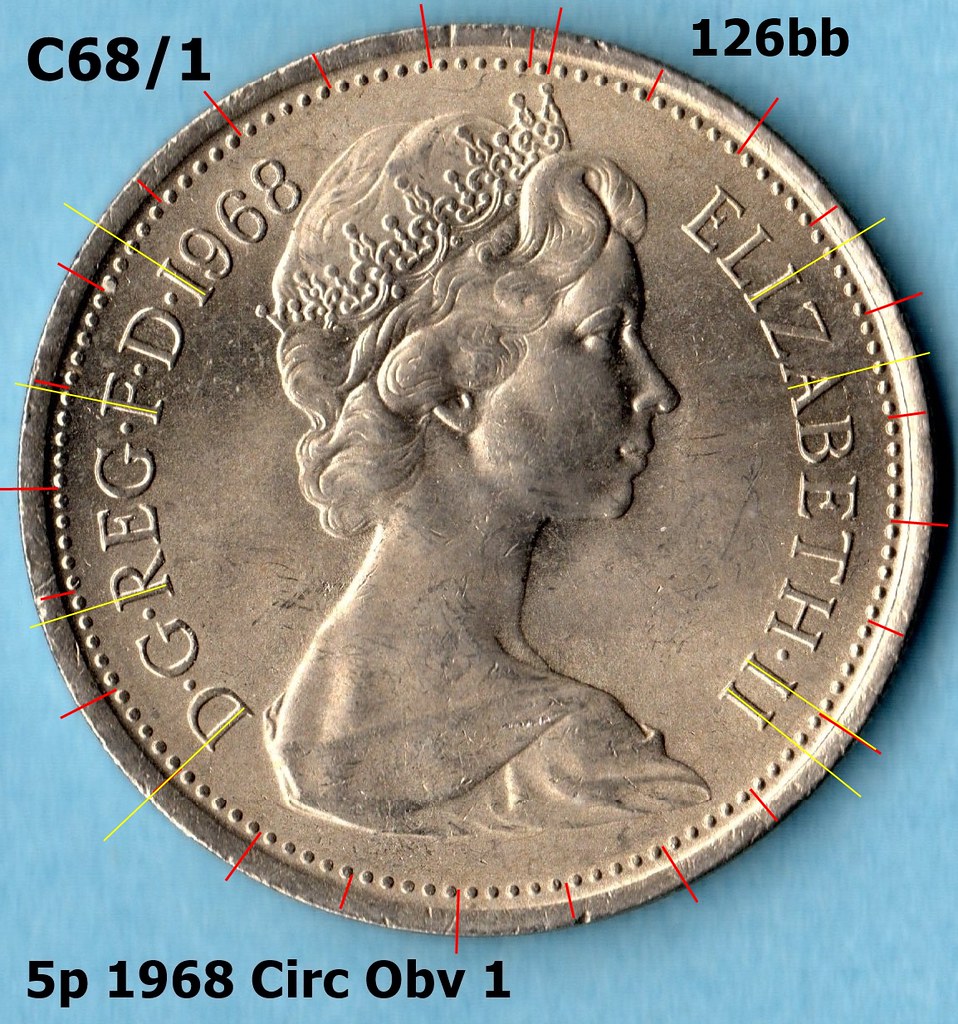

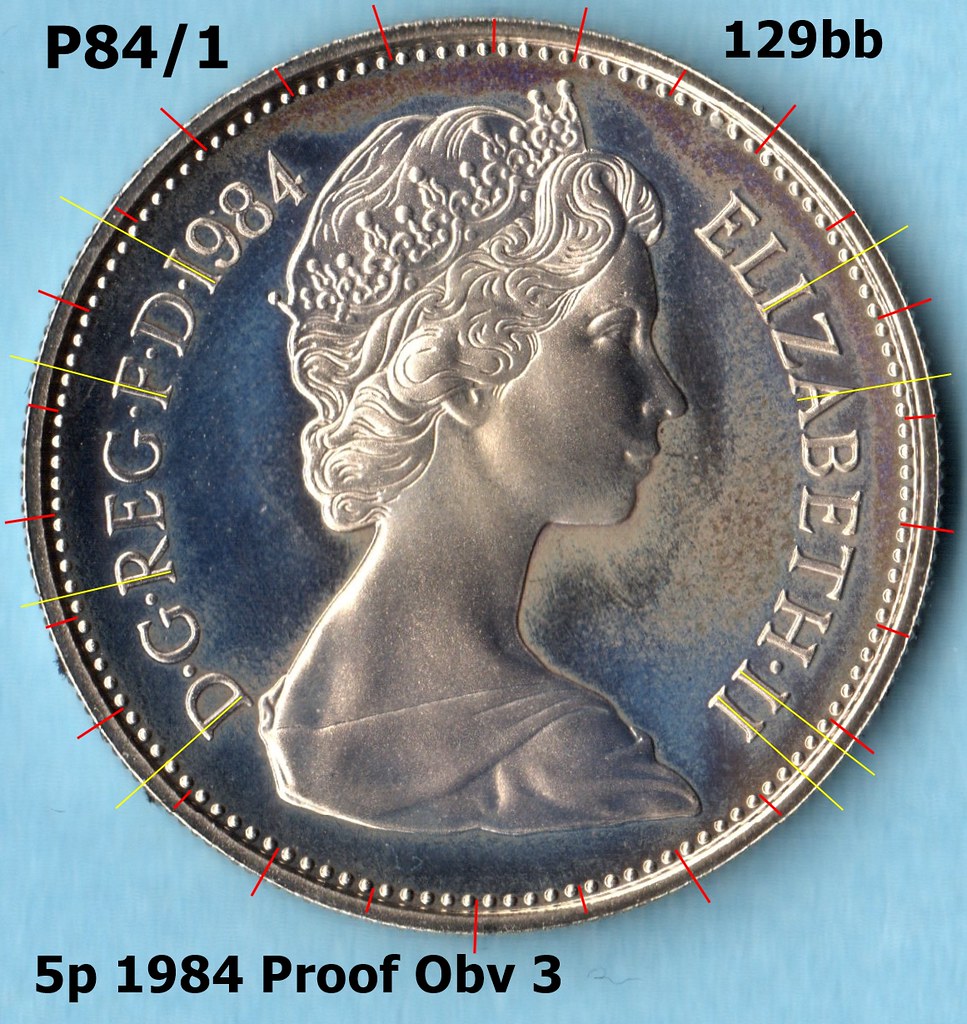


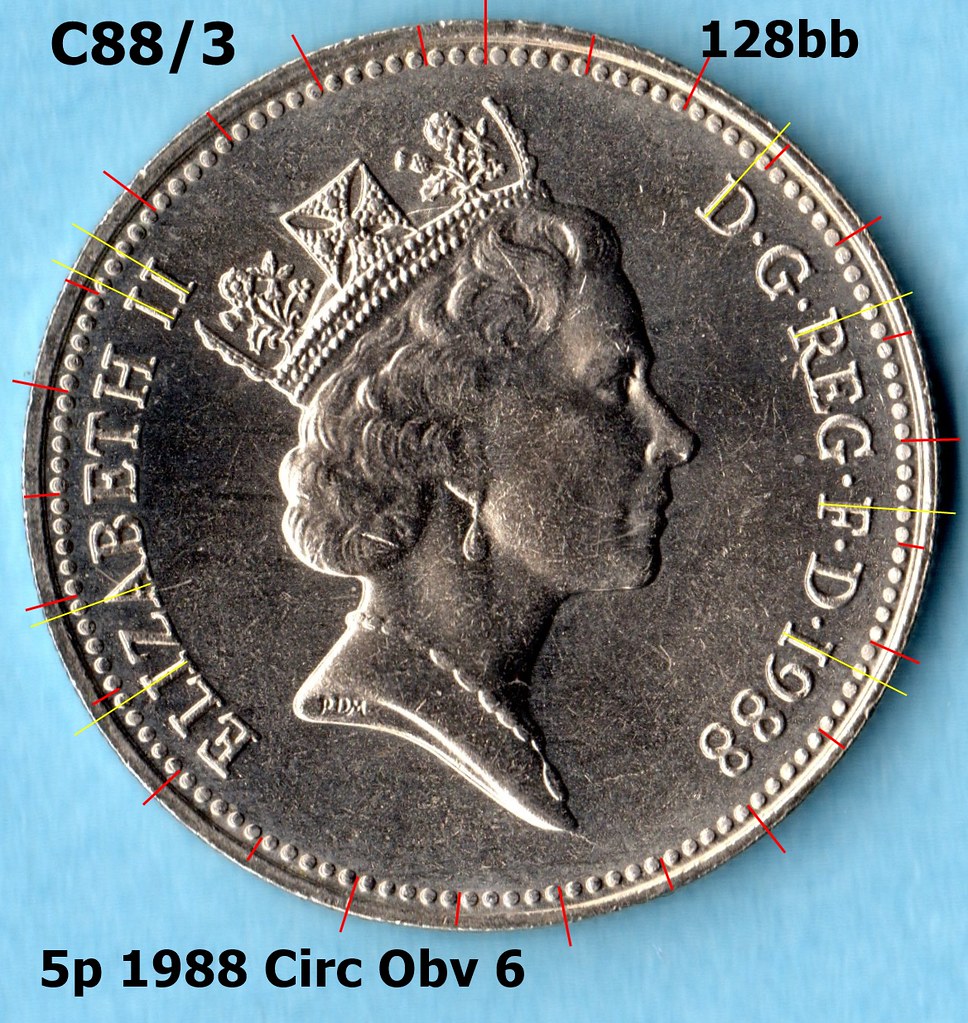


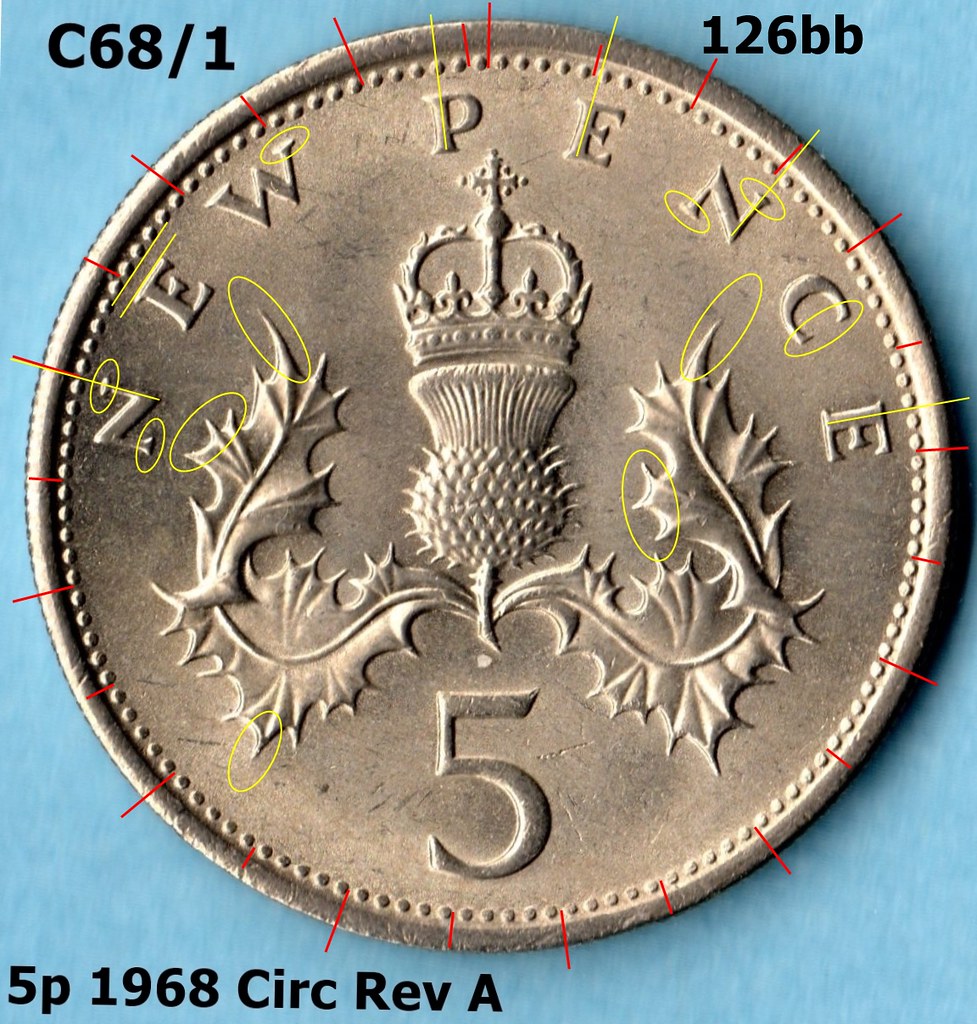

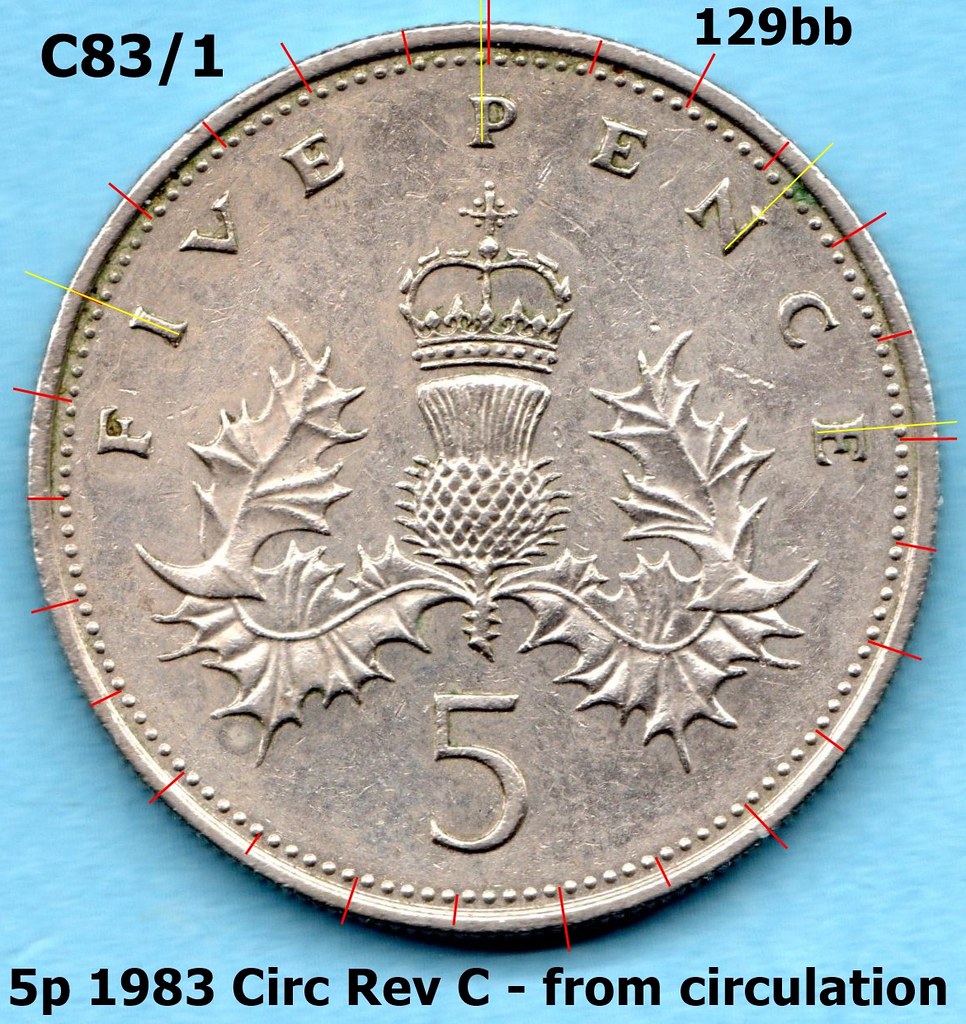






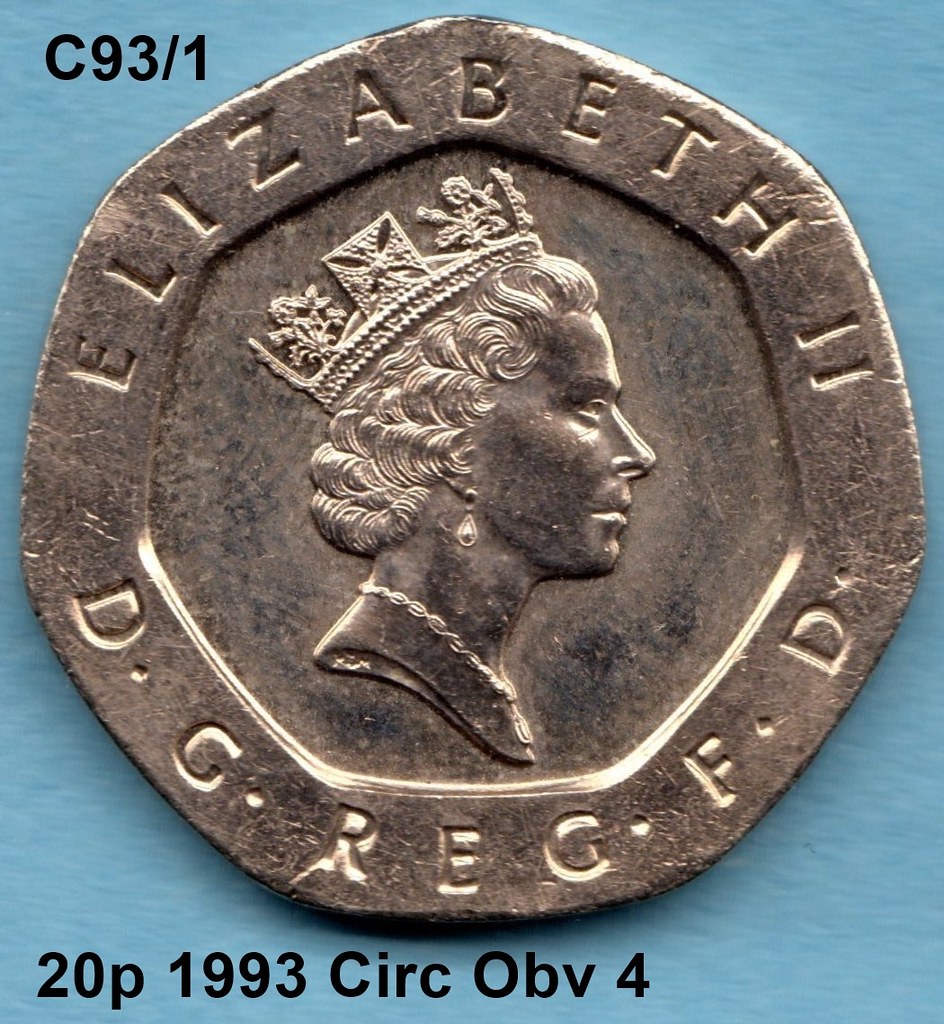
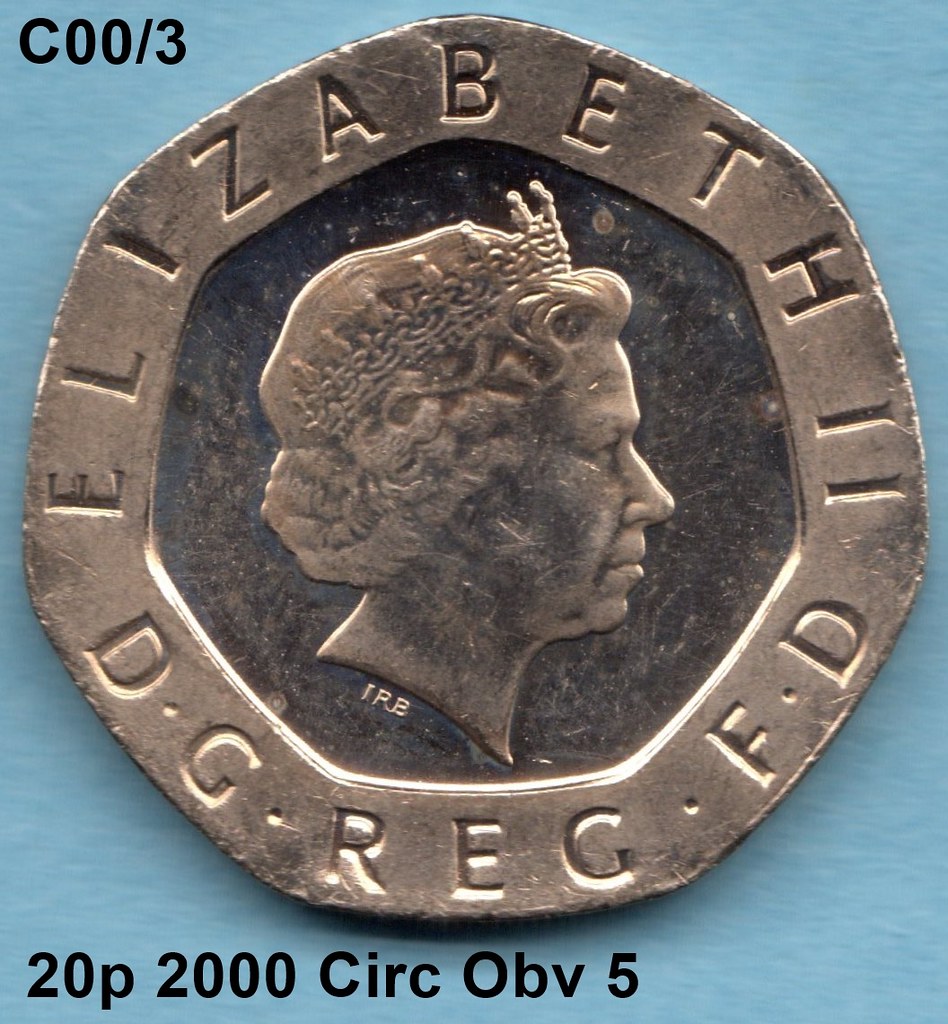
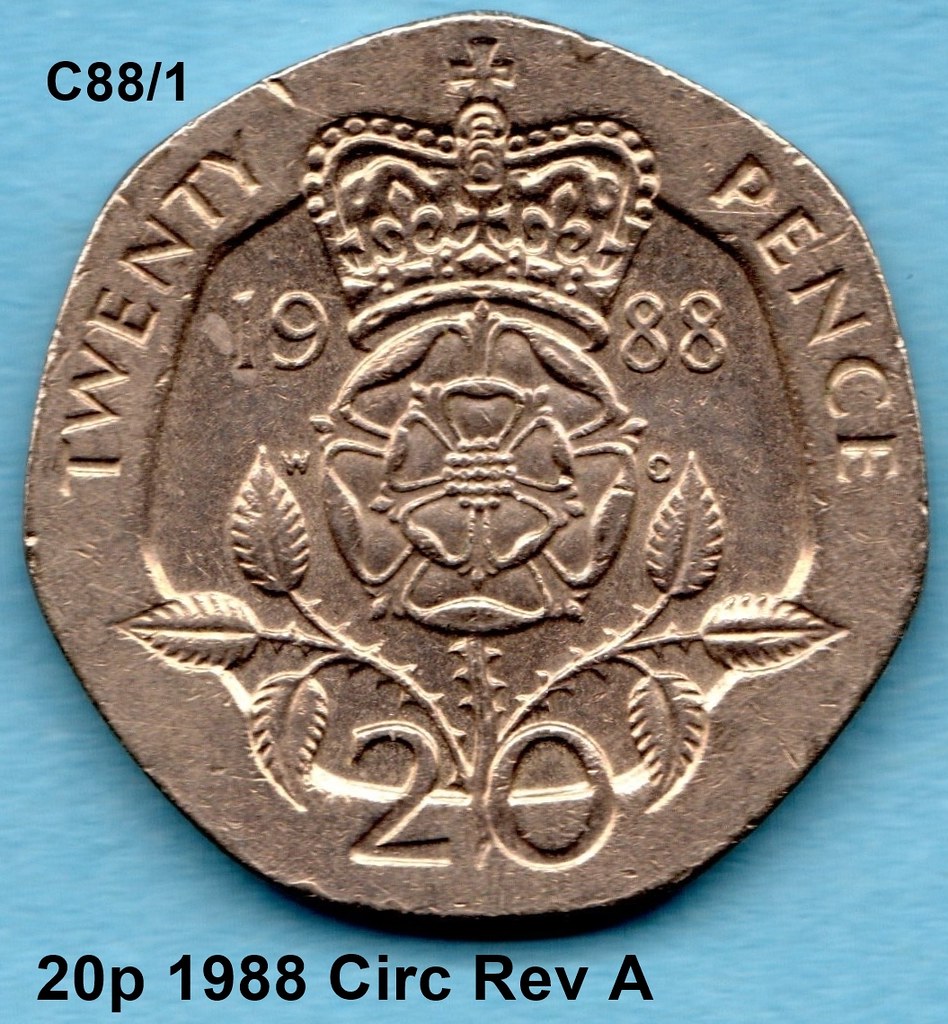

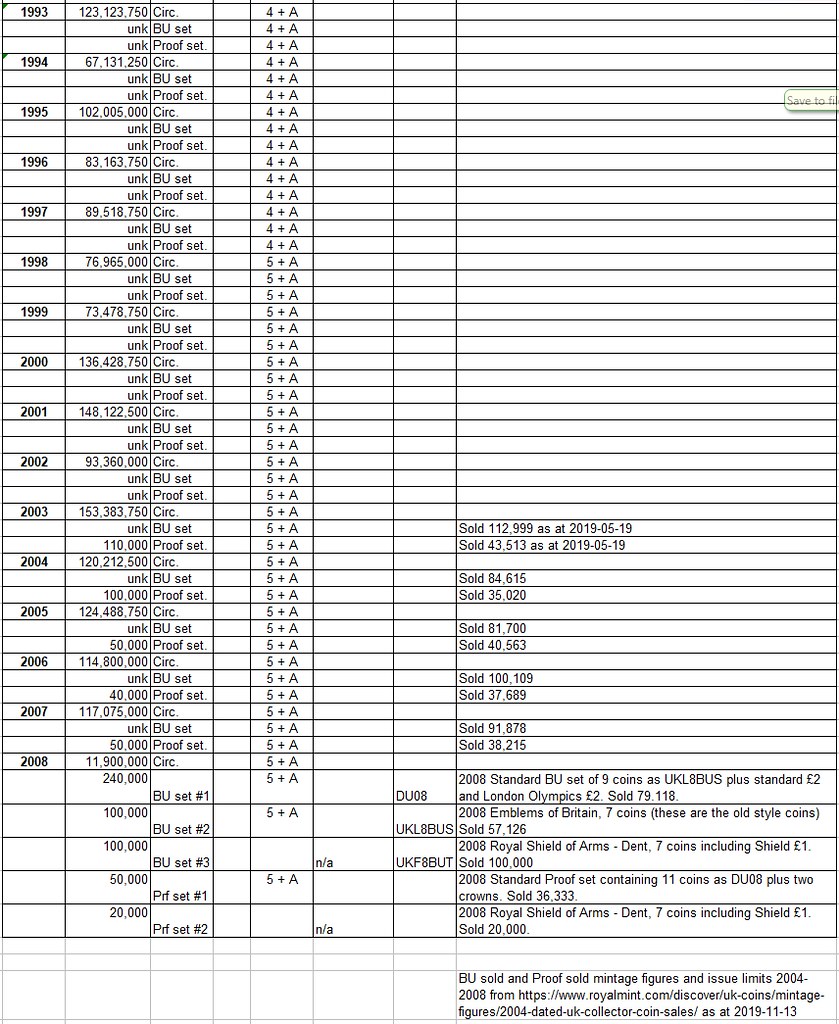

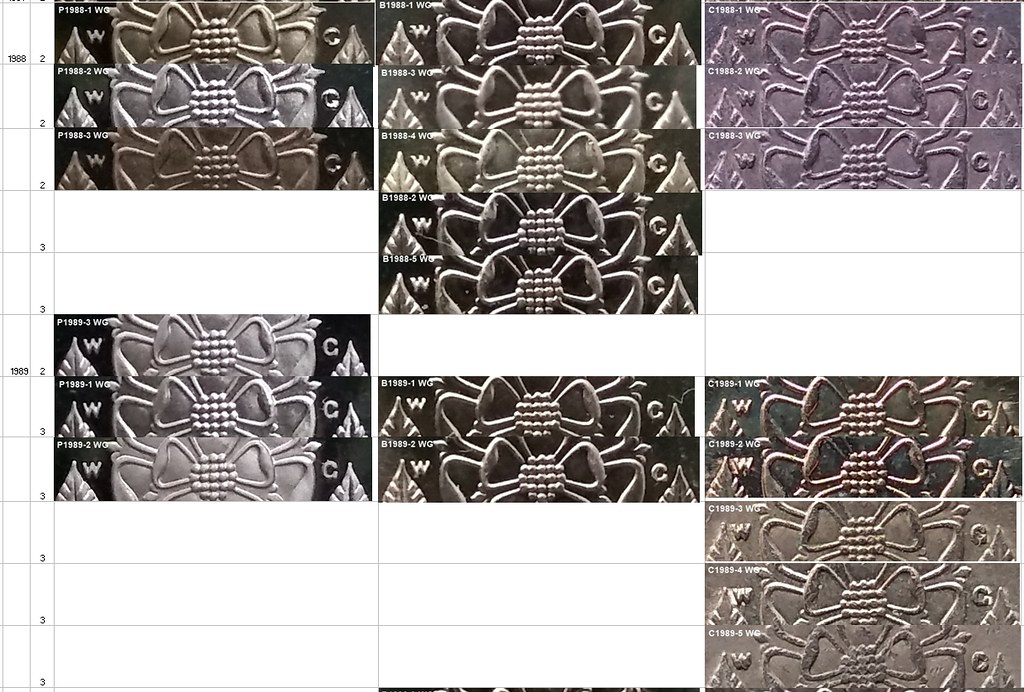
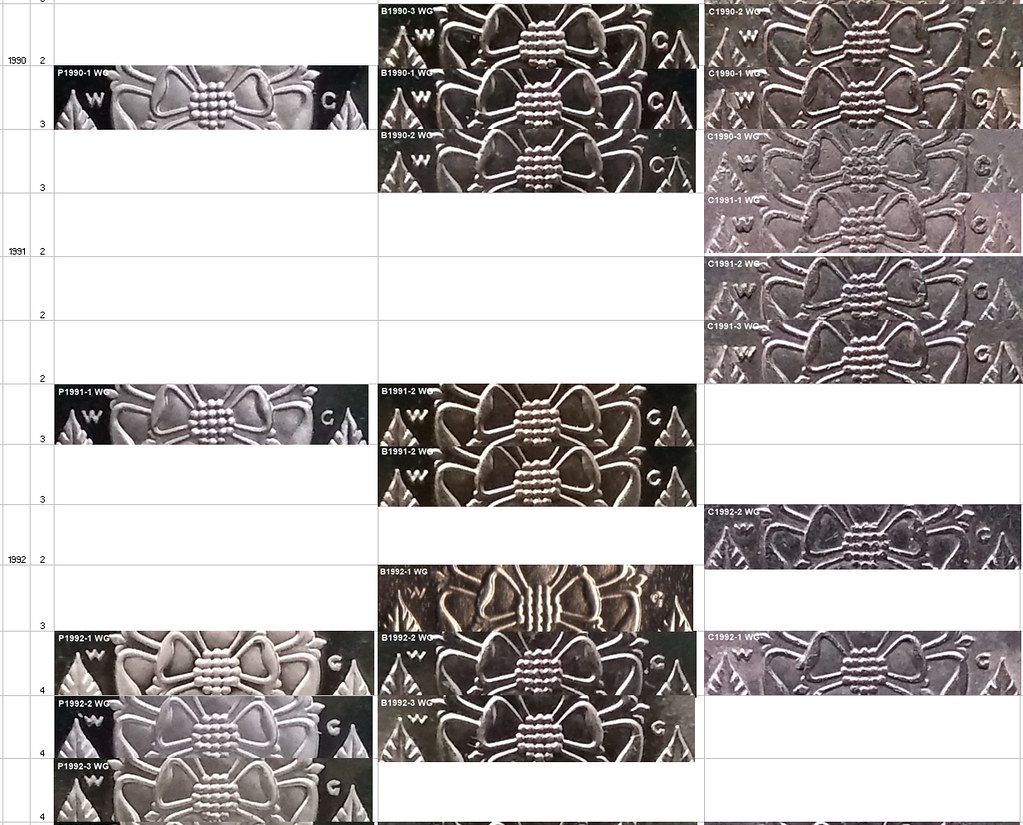

















Russians
in Nothing whatsoever to do with coins area!
Posted
I think this topic should be closed. I think its inappropriate. People are dying, its no joke.